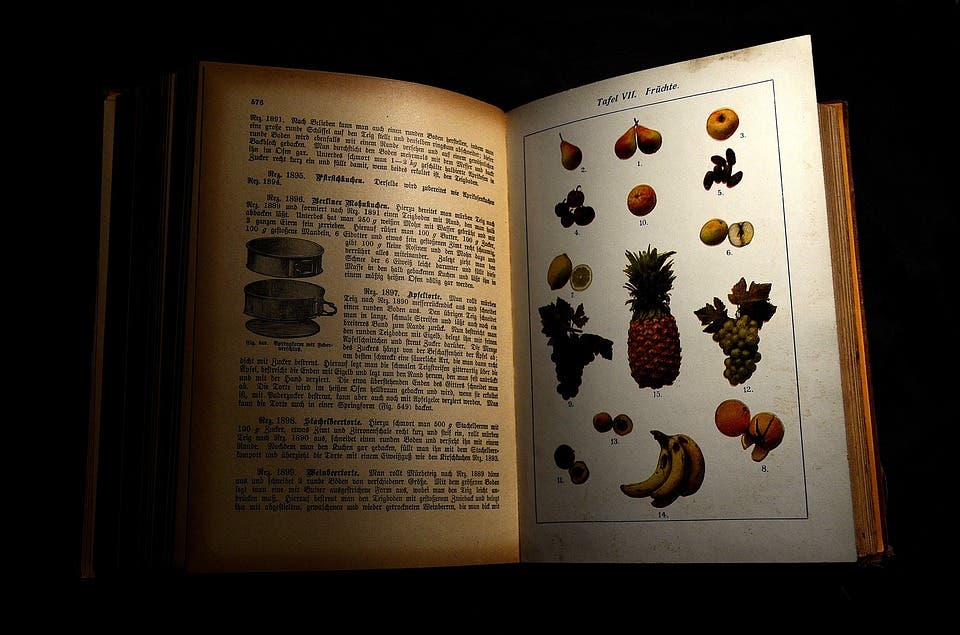Scientists have written an unusual cookbook — one that’s not for humans, but rather for our microbiome.

When scientists publish something, it’s usually complex papers about previously unknown mechanisms or processes, but today, in Nature Microbiology, scientists are putting a new spin on that: they’re publishing recipes to successfully grow and study gut bacteria in the lab. Their work will help researchers across the world to advance our understanding of gut bacteria.
Recent research has increasingly shown that gut bacteria is important for our health, with studies finding that the meager bacteria in our guts play a part in protecting against diseases, recovering from injuries, even regulating our genes. However, we know surprisingly little about how all this happens. We don’t know how it grows, how it metabolizes nutrients, and we don’t even know what kind of food it likes.
Nassos Typas and his colleagues from the European Molecular Biology Group have addressed that in their latest study. Along with Peer Bork and Kiran Patil, he selected the most common bacteria to be found in the human gut, plus important species connected to gut diseases such as colorectal cancer and inflammatory bowel disease, ending up with 96 strains from 72 bacterial species, in 19 different growth environments.
They characterized the nutritional preference of these bacteria, as well as their ability to digest and produce specific molecules. As it so often happens with studies on gut bacteria, results were quite surprising.
“We were surprised to find new bacteria with the capability to utilize mucin, the protein that makes up mucus,” says Kiran Patil. “These bacteria can contribute to inflammation and infection by weakening the protective mucus barrier lining the gut. Another surprise came from bacteria that proved to be inhibited by amino acids and short-chain fatty acids, common ingredients in most growth media. It turns out that rich media with many nutrients can be toxic for these species, whereas we used to think: the more food, the better.”
Also surprisingly, researchers found that even bacteria that are closely related to each other can have very different nutritional preferences, showing that a bacterium’s genes alone can’t predict what it likes to ‘eat.’
With this scientific ‘cookbook’ filled with molecular recipes on how to grow gut bacteria, researchers want to provide the scientific community with tools to study the structure and function of the human gut microbe. It’s clear that we need much more work before we can thoroughly understand the role and impact of gut bacteria, and this could be a major stepping stone for such future studies.
“Our resource provides scientists with tools to experimentally investigate the gut microbiome ecology, going beyond correlations and identifying causes and effects,” says Nassos Typas.
Journal Reference: Tramontano, M., Andrejev, S. et al. Nutritional preferences of human gut bacteria reveal their metabolic idiosyncrasies. Nature Microbiology, published online 19 March 2018.


